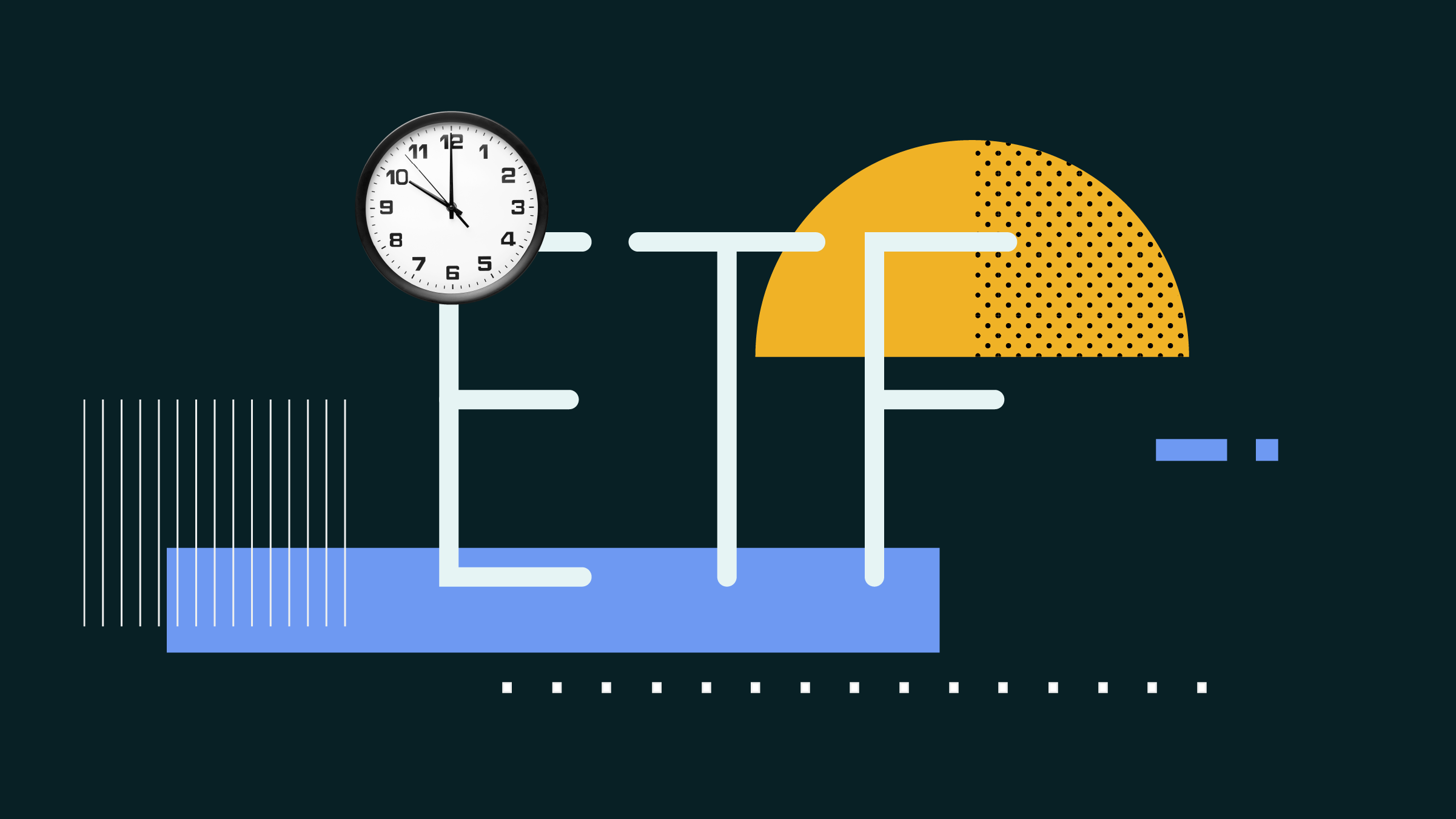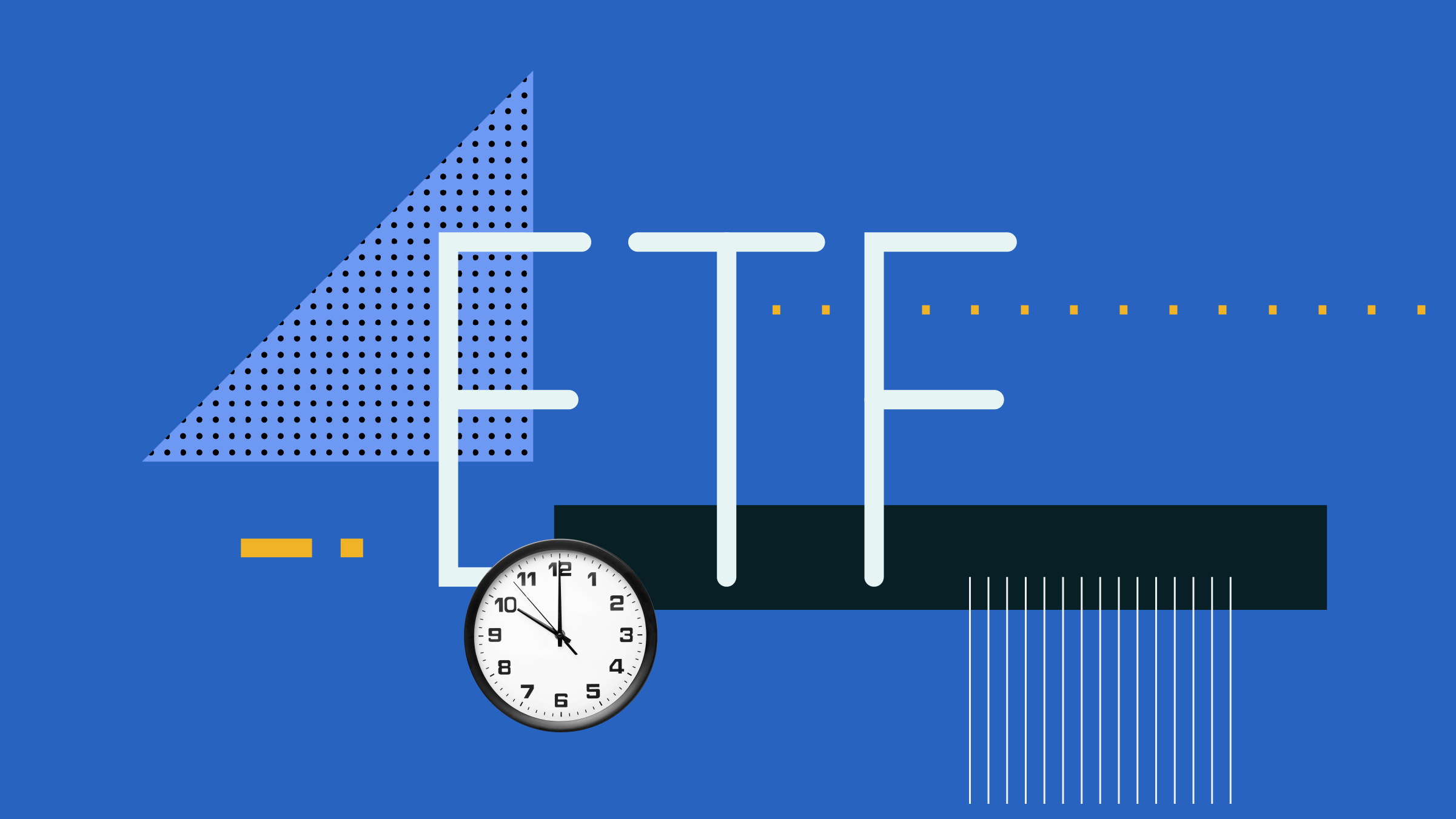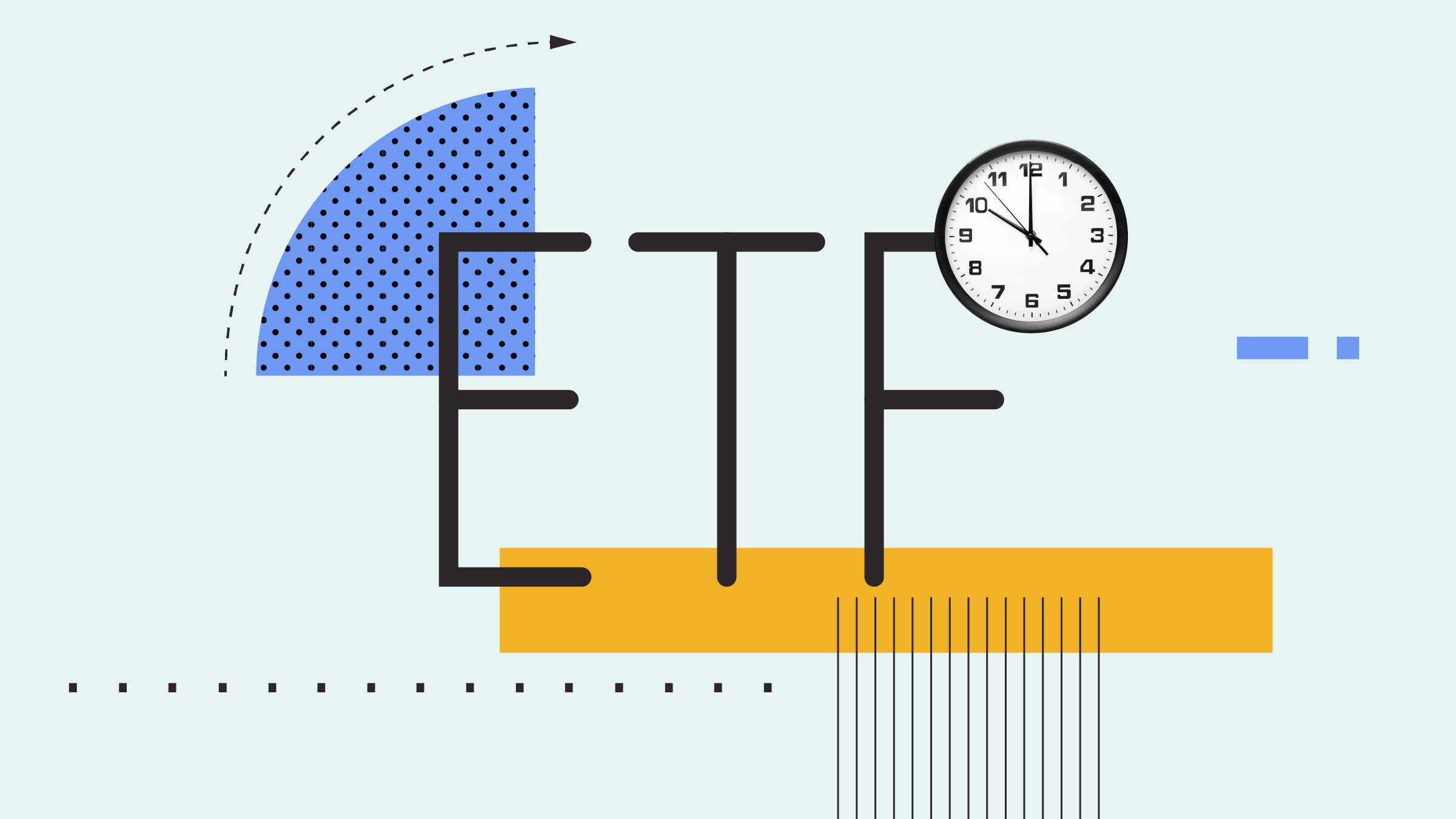Note: This article is part of Morningstar's September 2015 The road to retirement special report.
Investors taking their first steps on the road that will eventually lead to retirement have myriad choices at their disposal. One increasingly popular form of saving for retirement is investing in target-date funds. Indeed, many employers now offer target-date funds as an option within defined contribution plans and further, many plans are using them as the default option when employees enroll. Gaining a better understanding of this retirement option will help you decide if it can help you reach your retirement goals.
The growth and appeal of target-date funds is easy to understand. These professionally managed funds represent an all-in-one, diversified mix of stocks and bonds, the asset allocation and overall portfolio risk of which evolves over time as the fund's "target-date" approaches.
Target-date funds typically include a year in their name to indicate that it is suitable for an investor expecting to retire in that year. For example, if you envision retiring in the year 2040, you may select a fund like BMO LifeStage 2040. As your retirement date is 25 years away, the fund will have a growth focus, holding mostly stocks to help you build capital.
The fund gradually shifts to bonds and other lower-risk assets such as real estate and mortgages as the need for stable retirement income nears. This evolution is automatic and occurs without your involvement. As such, it represents a simple, low-maintenance approach, especially if you don't want to monitor and adjust your asset allocation throughout your working life. Nevertheless, investors need to do their homework before diving in.
Breaking the buy high, sell low cycle
A benefit of target-date funds is that they'll likely protect you from yourself. Too often, investors are their own worst enemy, buying securities at market tops and selling in downturns. Often, this leads to subpar returns compared with a buy-and-hold strategy. Because changes in the asset mix of a target-date fund is done for you on a gradual basis over a number of years, the risk in timing asset allocation changes is reduced.
A key finding in Morningstar's 2015 Target-Date Fund Landscape report on U.S. target-date funds showed that their asset-weighted average investor returns, which take fund flows into account to estimate a typical investor's experience in a fund, are 1.1% higher than the funds' average total returns. Investor returns typically lag total returns in other investment categories, suggesting that target-date funds do improve investor behaviour.
One size fits all
While target-date funds are a relatively simple and complete retirement option, they aren't for everyone. The biggest shortcoming is the lack of customization available -- there is no ability to adjust the asset allocation to align with your specific risk tolerance. Someone who is 25 years away from retirement may have a high risk capacity but may not be comfortable with a volatile asset mix containing 90% or more in equities.
For instance, at the end of July, MFS LifePlan Retirement 2040 was entirely invested in equities. An aggressive mix such as this could lose 30% or more in another scenario like 2008. Certain investment managers have attempted to address this concern with the launch of target-risk, target-date funds. For example, with Franklin LifeSmart funds investors can choose between a Conservative, Moderate or Aggressive version of its 2040 fund.
Further, if your financial situation changes due to a change in career, health or family situation, there is no way to reflect those changing circumstances with a target-date fund. If you realize, 10 years into the plan, that you'll likely need to work another five years beyond your original target retirement date to reach your goals, the 2040 fund that you chose may no longer be appropriate. It will likely shift into a conservative asset mix too soon for your revised retirement outlook and the risk of possibility outliving your retirement savings becomes a real concern.
Same target date, different allocations
It's important to note that not all target-date funds with the same end year have the same asset mix. The glide path, defined as the rate at which the asset mix shifts from predominately stocks to a greater mix of bonds, varies across managers and target-date series. For instance, the rate at which equity is transitioned to fixed income may start out slowly and accelerate as the target-date approaches or it may gradually and consistently decline through time. Similarly, the split of equity versus fixed income will also vary across managers at different points along the glide path. Some funds will have a consistently higher allocation to equity through time than others and some will start out with a lower allocation but maintain a higher level at the end of the glide path.
Another drawback of target-date funds is that it is very difficult to benchmark performance. Each manager has his or her own glide path, so peer comparison is tough. And because the asset mix is always changing, calculating a custom benchmark quickly becomes a nightmare. With this challenge, it's easier for the manager to get a free-pass of sorts as it relates to the performance of the funds. However, because most funds are in a fund-of-fund structure, you can look up the underlying holdings to see if the manager has held strong or poor performers. That should provide insight into whether the manager has added or detracted value. If the underlying funds have done well but the fund itself stills lags peers, then the asset mix may be to blame.
Fees matter
Because target-date funds are typically held over a very long time horizon, even a small difference in fees will have a big impact. For instance, say you initially invested $10,000 in a 2040 fund that earns 8% annually, gross of fees; if you pay 1% in fees per year, your stake will grow to just over $58,000 by the end of 2040. However, if you pay 2% per year, you'll end up with about $45,500 or $12,500 less. This gap widens with larger sums and longer time horizons.
Fees vary depending on the fund's distribution channel. For do-it-yourself investors, PH&N offers its LifeTime target-date series with fees ranging from 0.96% for the 2015 fund to 1.31% for the 2045 fund. Funds sold through fee-based advisors carry similar charges, and funds available from commission-based advisors will cost roughly 1% more, reflecting the embedded trailer fee. These fees are not cheap by any means but are not out-of-line with pricing in other balanced categories.
The best deal on these funds may be available through your employer's defined contribution platform (if applicable) where the fees have been negotiated on your behalf by your employer. Typically, on these platforms there will only be one target-date series available to choose from. If this is the case, try to ensure the management fees are consistent with the other balanced or target-risk funds offered in the plan. Be aware though that the fees for each fund in the series is usually the same, meaning that fees will represent a larger portion of your return through time as the allocation to lower-returning fixed income increases. Lastly, some managers such as BlackRock build their funds using passively managed strategies and should provide a cost advantage over a manager like Fidelity, which uses its own actively managed strategies within its funds.
Stewardship counts
One of the most important things to keep in mind when selecting a target-date fund is the manager's reputation as a steward of investors' capital. Remember, you could own your target-date fund for twenty-five years or more, and that means your investor experience is an important consideration and shouldn't be taken lightly. If possible, try to invest with a manager who has experience running these funds, is in the business for the long term and has a history of putting investor interests ahead of its own. To gauge this, you can refer to Morningstar's stewardship grades which rate, on a grade from A to F, some of the largest fund managers in Canada, many of whom offer target-date funds.




















